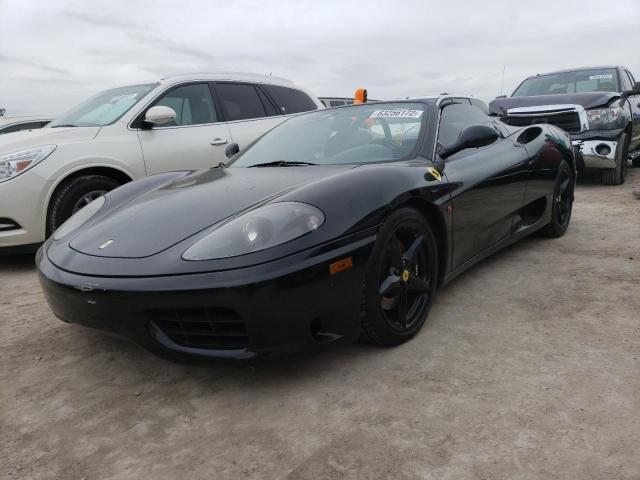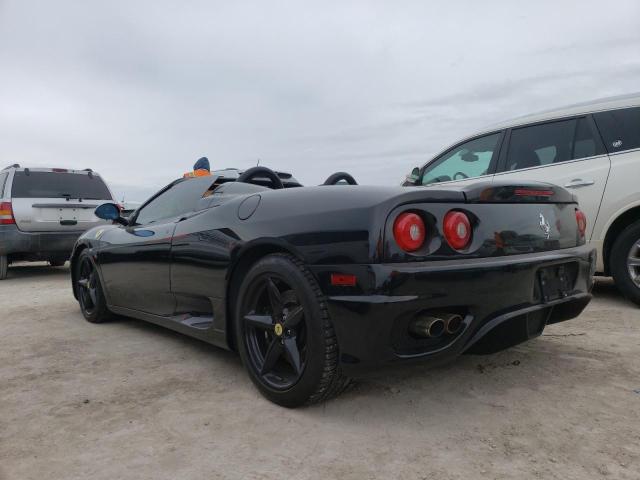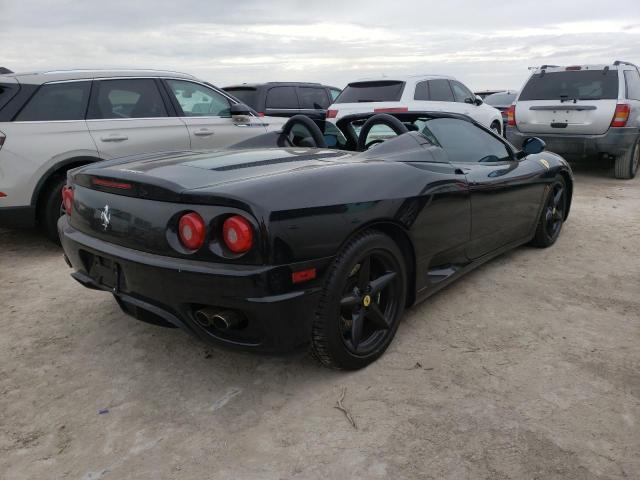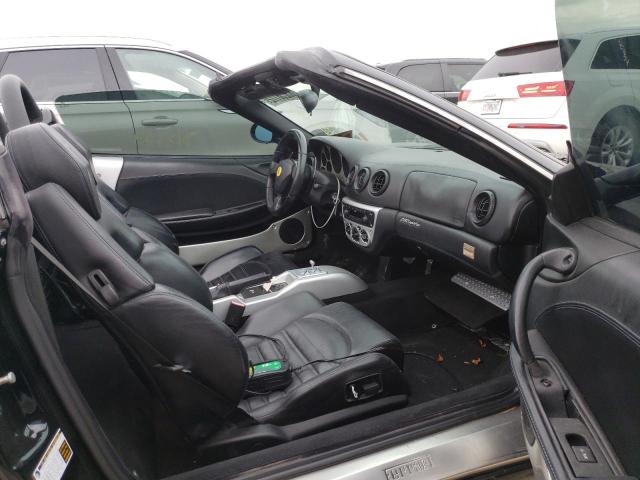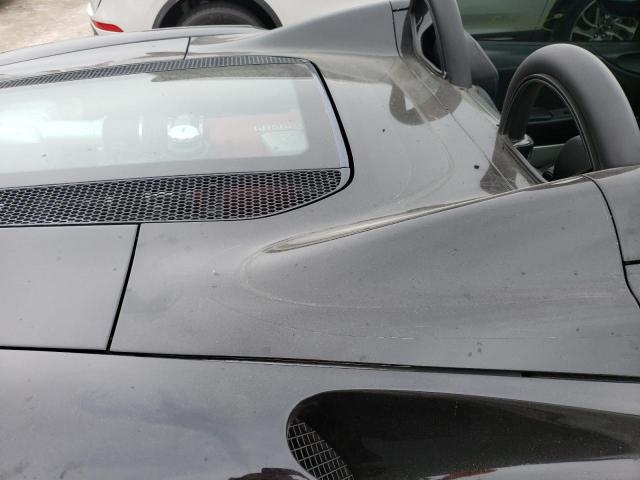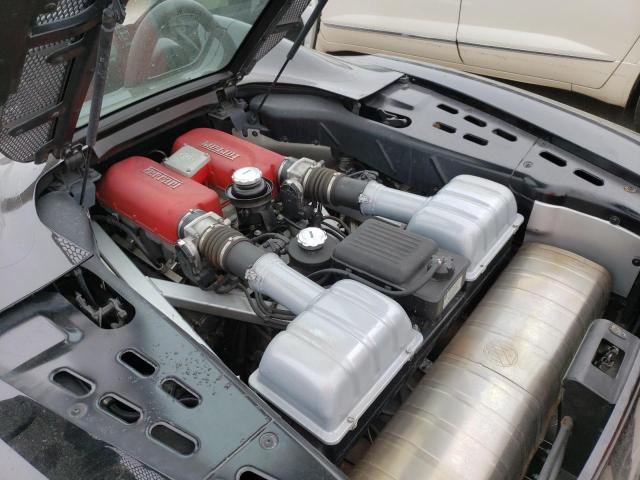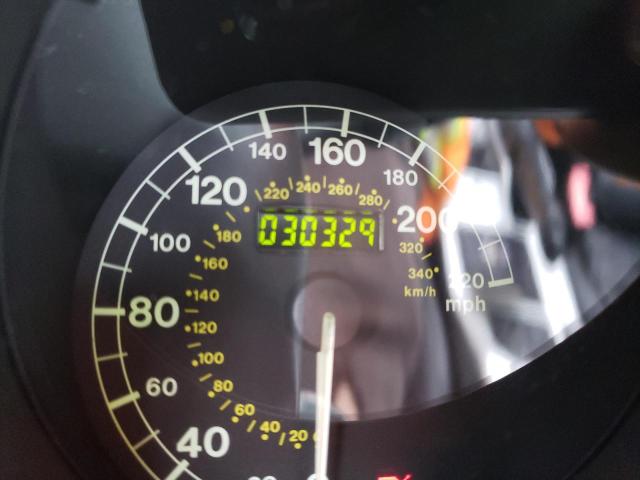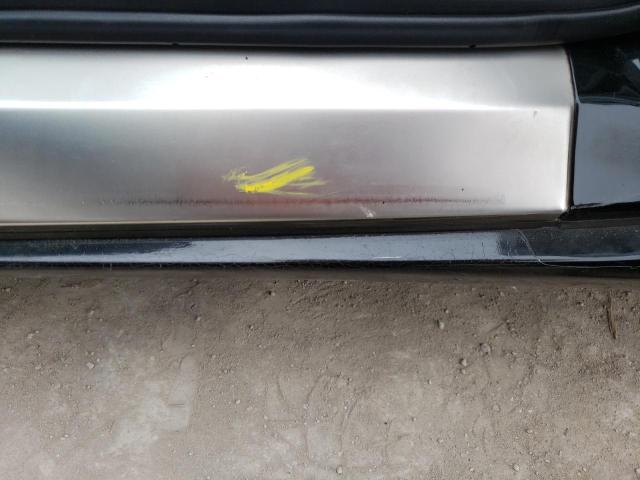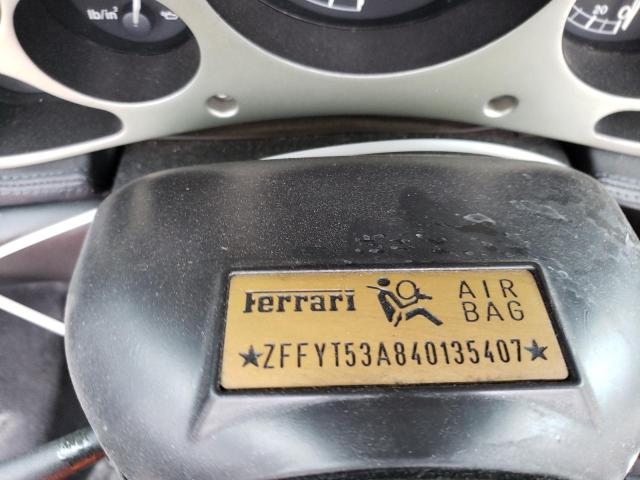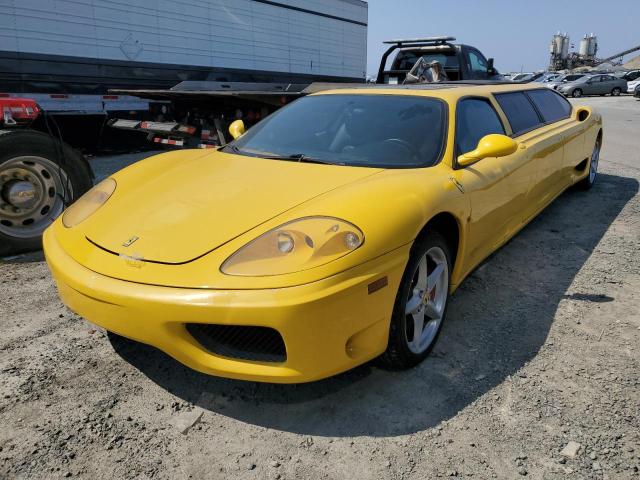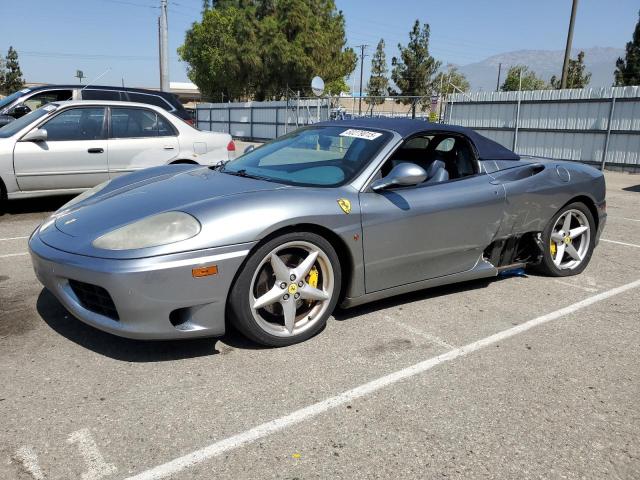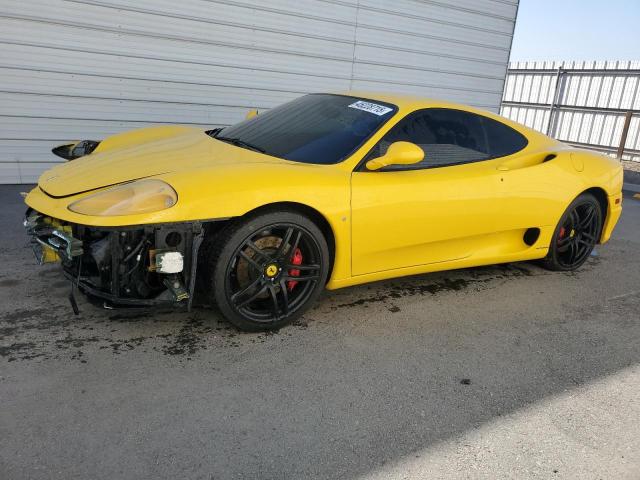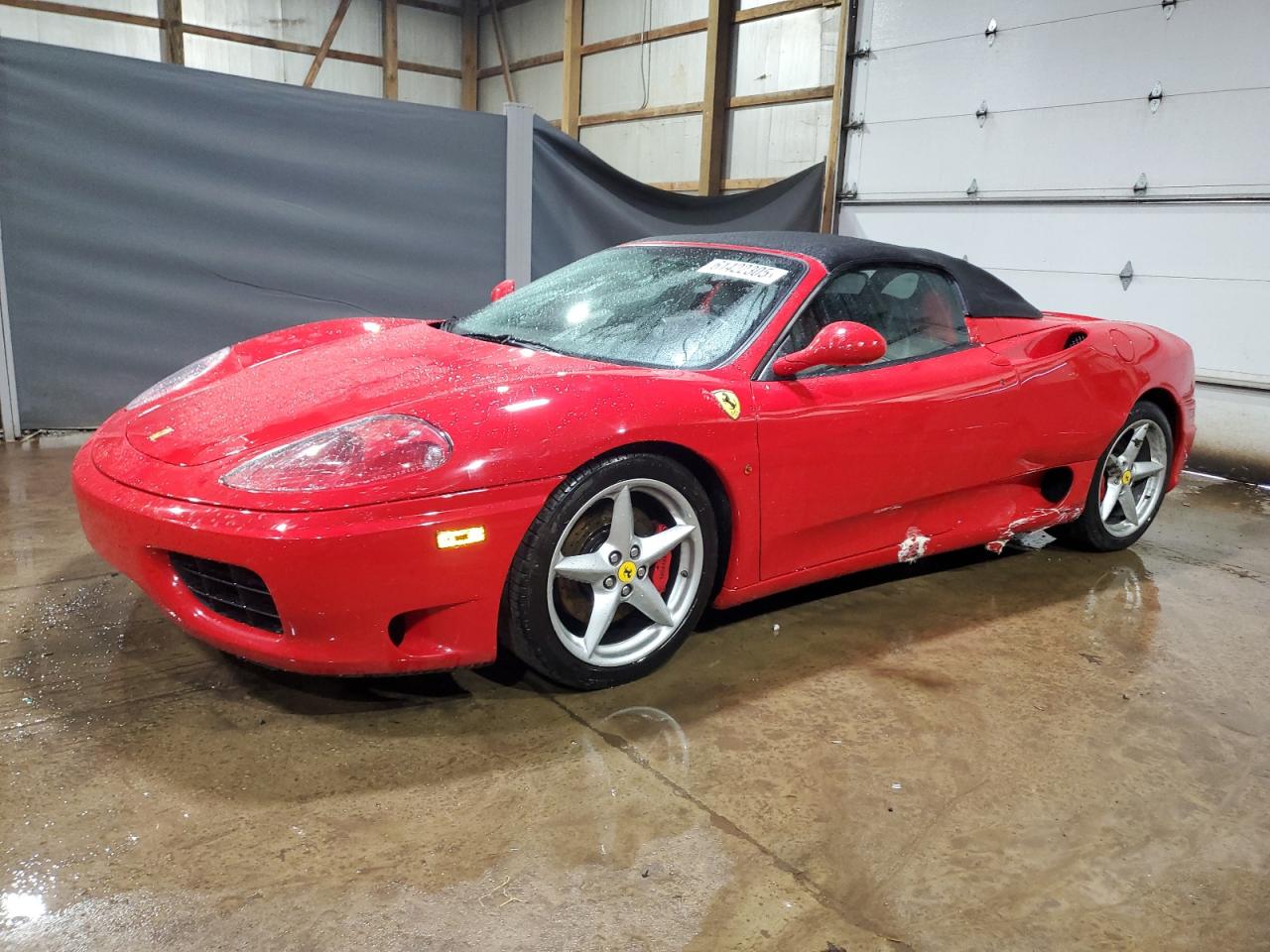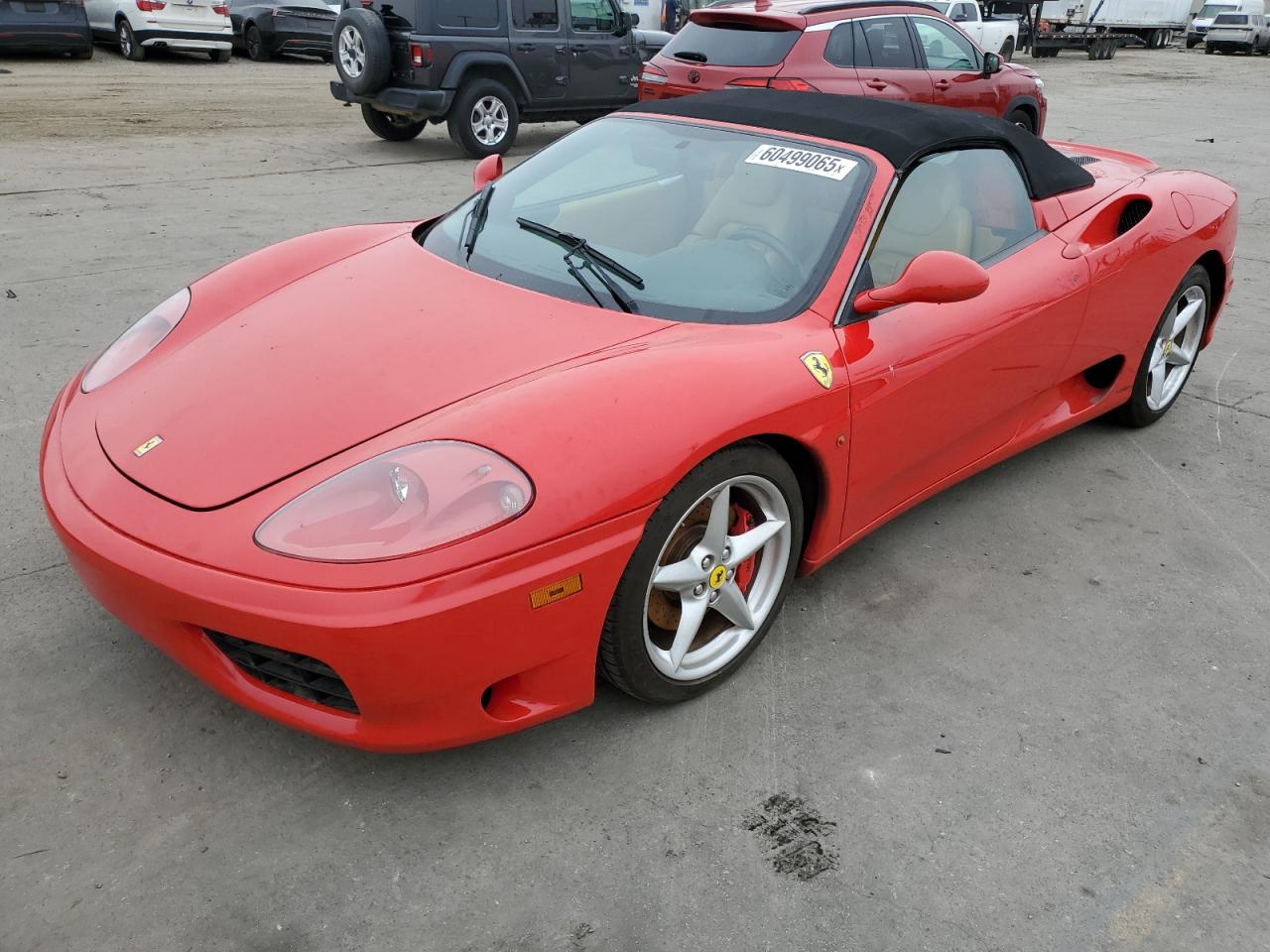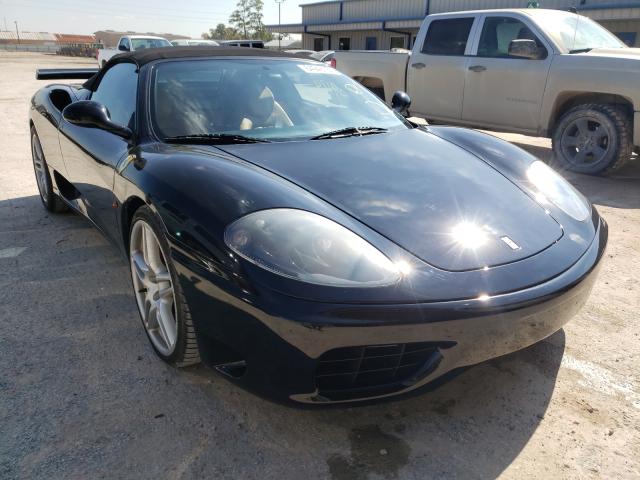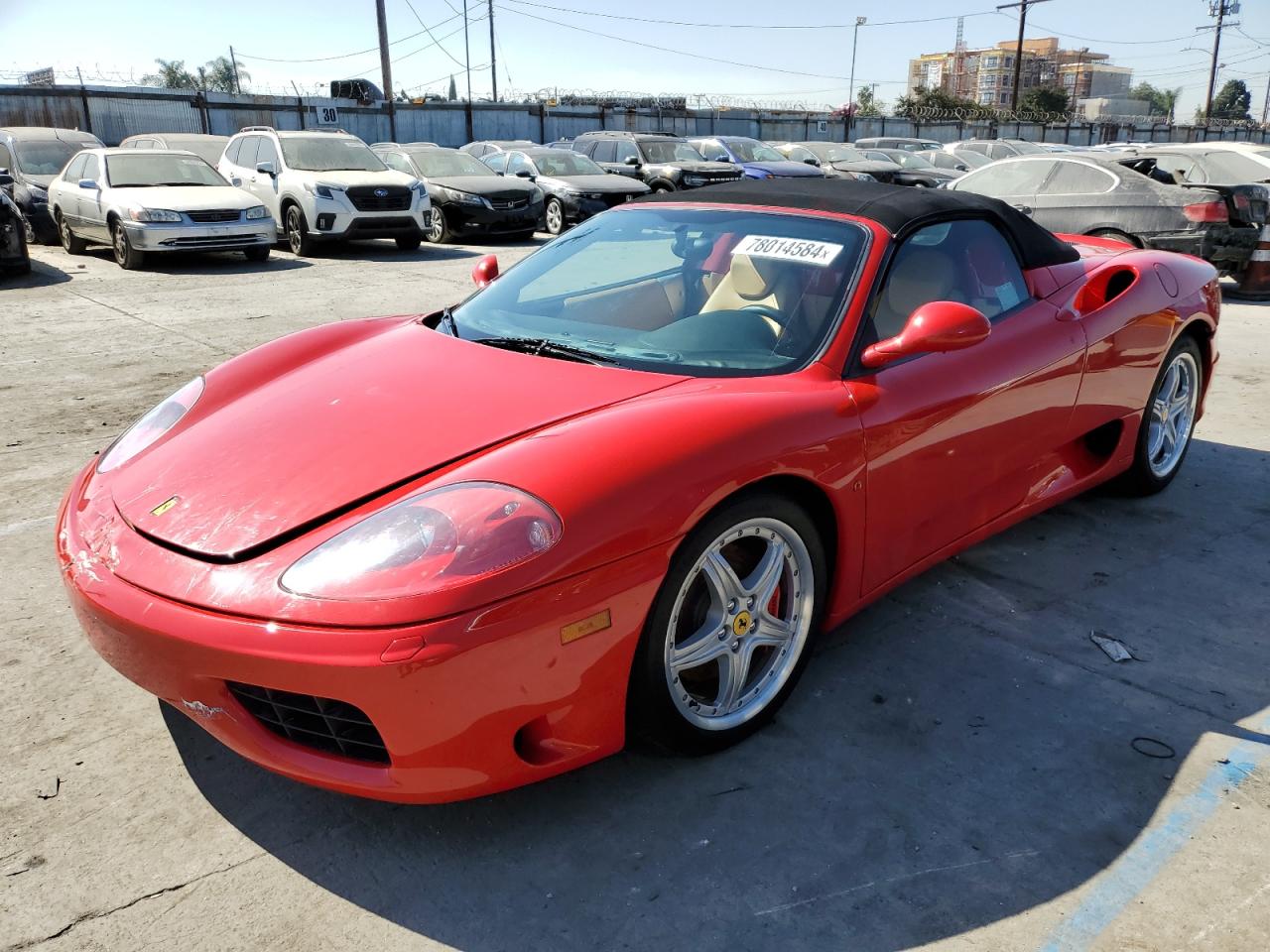2004 FERRARI 360 SPIDER | ZFFYT53A840135407
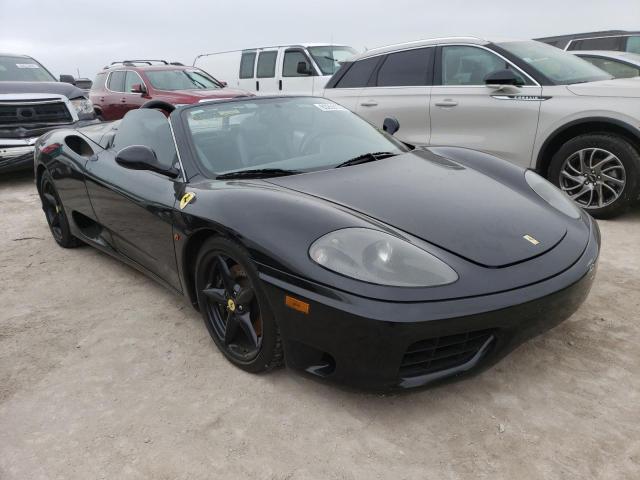 ❯
❯Lot details
- Sale Date2023-02-03
- Lot Number63256172
- ACV101668 $
- Sale documentFL -
- LocationFL - PUNTA GORDA SOUTH
- Odometer30,329 miles (48,810 km)
- Primary DamageWATER/FLOOD
Vehicle specifications
2
~$190,000
Engine: 3.6L naturally aspirated V8
Torque: 373 Nm
0–100 km/h: ~4.1 s
The Ferrari 360 Challenge Stradale was the first of Ferrari’s modern road-legal track specials — a lightweight, stripped-down evolution of the 360 Modena, inspired by the one-make Ferrari Challenge racing series. With 425 horsepower from a naturally aspirated 3.6L V8, it achieved 0–100 km/h in 4.0 seconds, but raw numbers tell only part of the story.
Challenge Stradale shed over 100 kg versus the standard 360 via carbon-ceramic brakes, Lexan windows, thinner body panels, carbon bucket seats, a minimal interior, and a lightweight exhaust system. The result was not only faster acceleration, but transformative handling precision and braking performance.
Its F1-style transmission was recalibrated for quicker shifts, while the suspension was stiffened and lowered. Aero upgrades — including a new front splitter, rear diffuser, and undertray — improved stability and downforce, especially at high speeds.
But perhaps the most memorable feature of the 360 CS was its unfiltered soundtrack: a high-revving, mechanical scream that made every gearshift and corner exit a theatrical event.
The 360 Challenge Stradale earns its place in the performance registry as the originator of Ferrari’s V8 track-special lineage — the forefather to the 430 Scuderia, 458 Speciale, and 488 Pista. A future classic, and a purist’s dream.
Final Bid Ferrari 360 (2004)
$24,700
$44,495
$85,500
Body Styles
The Ferrari 360 was offered in two primary road-going body styles: the Modena coupe and the Spider convertible. Both featured a new aluminum spaceframe chassis that was 40% stiffer yet 28% lighter than the F355’s steel structure. The Modena introduced flowing, aerodynamically optimized lines penned by Pininfarina, replacing the wedge design of the F355. The Spider had a fully automatic fabric roof that folded under a twin-buttress rear deck, maintaining mid-engine proportions. The Challenge Stradale was a track-focused variant of the Modena with weight reduction, carbon components, and race-derived upgrades, but was never produced as a Spider.
Model Name Meaning (Manufacturer)
The “360” designates the car’s 3.6-liter V8 engine, continuing Ferrari’s numeric naming tradition. The “Modena” honors Enzo Ferrari’s birthplace, highlighting the car’s spiritual and engineering roots. The “Challenge Stradale” name reflects its position as a street-legal homologation of the Ferrari Challenge racecar, combining motorsport pedigree with minimal road-going compromise. The 360 marked a pivotal evolution in Ferrari’s design and engineering philosophy, introducing full aluminum construction and electronic drive modes.
Model Name Meaning (Languages)
“360” is numerically universal and required no translation. “Modena” invokes strong heritage for Italian and global buyers alike, while “Spider” is widely recognized in Europe and North America as the soft-top variant. “Challenge Stradale,” with its Italian phrasing, became synonymous worldwide with purity, lightness, and focused performance – often abbreviated to “CS” by collectors.
Body & Interior Colors and Rims
Ferrari offered the 360 in a signature range of finishes: Rosso Corsa, Giallo Modena, Nero Daytona, Grigio Titanio, and Blu Tour de France were among the most common. Rarer options included Argento Nürburgring, Azzurro California, and Rosso Fiorano. Challenge Stradale models introduced racing-style cues like tricolore side stripes and often came in Rosso Scuderia with stripe delete options. Modena and Spider buyers could also order from the Carrozzeria Scaglietti “One-to-One” personalization program, adding matte finishes, custom shields, and racing livery.
The interior combined classic Ferrari layout with modern materials: leather upholstery in Nero, Cuoio, Sabbia, or Bordeaux; carbon fiber door cards, sport seats, and optional Alcantara headliners for track variants. Manual cars were equipped with the iconic open-gated aluminum shifter, while F1 versions featured column-mounted paddles and a digital gear indicator. Challenge Stradale interiors came stripped of sound insulation, with fixed racing buckets, bare aluminum floors, carbon door panels, and optional roll cage. Air conditioning and radio were delete options.
Wheel designs evolved with the model. Early 360s had 18-inch 5-spoke alloys in silver or titanium finishes. Later models offered modular split-spoke designs and multi-spoke forged magnesium wheels in the Challenge Stradale, reducing unsprung weight. Optional Scuderia shields, painted calipers, and cross-drilled Brembo brakes gave further performance cues. Tire setups were staggered and optimized for mid-engine balance, with the CS receiving semi-slick Pirelli Corsa tires as standard.
Top Expensive Options
- F1 Electrohydraulic Paddle-Shift Transmission: ~$10,000
- Carbon Fiber Racing Seats (manual adjust, Alcantara center): ~$4,000
- Scuderia Shields on Front Fenders: ~$1,200
- Challenge-Style Rear Grille (mesh for cooling): ~$1,000
- Hi-Fi Sound System with Subwoofer (Modena only): ~$1,500
- Red Calipers with Cross-Drilled Discs: ~$800
- Factory Roll Bar (CS): ~$3,200
- Stripe Delete or Tricolore Stripe (CS only): ~$1,000
- Rosso Fiorano or Blu Pozzi Special Paint: ~$2,500
- Fire Extinguisher and Track Pack (CS): ~$900
vs Competitors
The Ferrari 360 competed with the Porsche 911 Turbo (996), Lamborghini Gallardo, and Aston Martin V8 Vantage. Against the 911, the 360 offered a more emotional, high-revving experience but lacked the everyday usability and AWD traction. Compared to the Gallardo, the 360 was lighter, more analog, and purer to drive, though not as dramatic visually. The Challenge Stradale in particular has since become Ferrari’s benchmark for balance between road and track, inspiring later cars like the 430 Scuderia and 458 Speciale. It remains the last mid-engine Ferrari V8 with no driver aids except ABS and traction control, making it a legend among enthusiasts.
Fun Fact
The Ferrari 360 was the first Ferrari road car with a full aluminum monocoque chassis, enabling a 28% increase in structural rigidity with less weight than the F355. It also marked the debut of the F1-style gearbox with automated clutch in a mid-engine Ferrari – a technology derived from Formula 1 racing, and a precursor to dual-clutch setups. The Challenge Stradale weighed just 1,180 kg dry, had carbon brakes as standard, and could lap Fiorano only a second slower than the Enzo.



